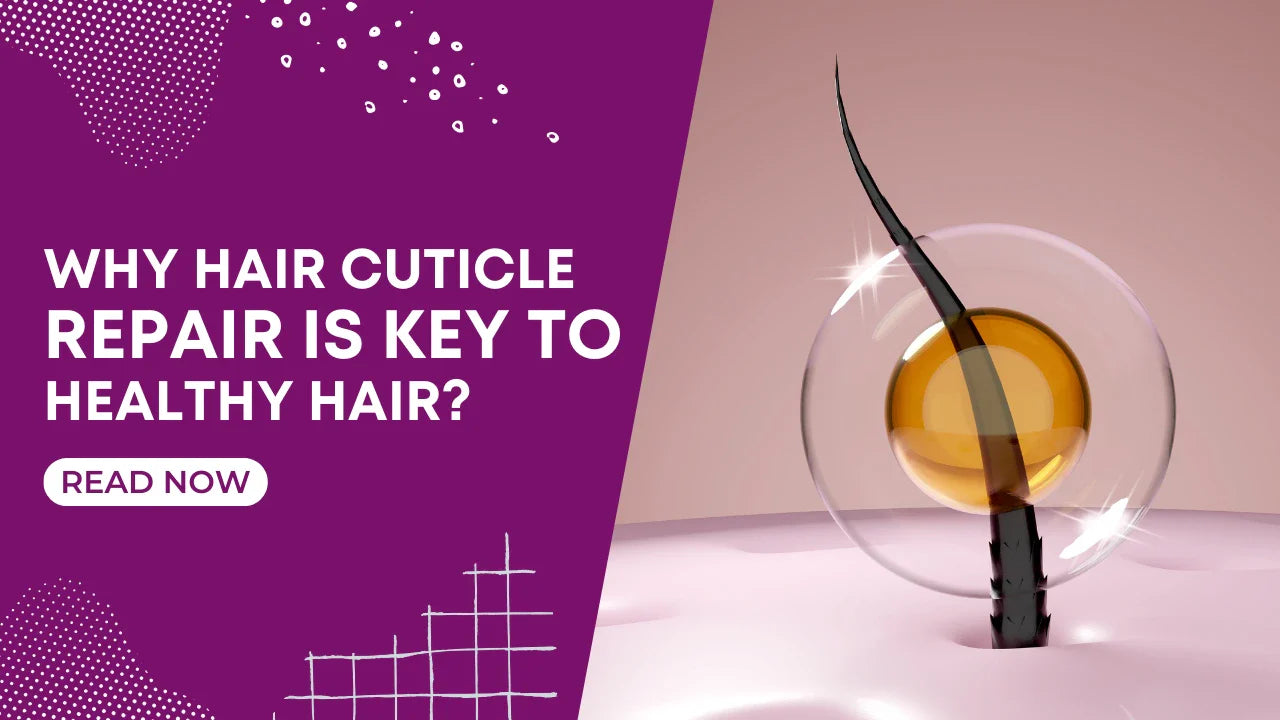
Why Hair Cuticle Repair Is Key to Healthy Hair?
The hair cuticle is the outermost layer that controls your hair’s strength, shine, and smoothness. Yet, many overlook its health while chasing beautiful hair.
In this guide, we will break down why repairing the hair cuticle is essential for healthy hair and discuss the signs of damage. Plus, we will share expert tips to repair and strengthen them, ensuring you do not leave the page without a solution.
Why Hair Cuticle Repair Is Key to Healthy Hair?
The hair cuticle is the outermost protective layer that locks in moisture and nutrients, keeping hair smooth, shiny, and strong. When damaged, it stays open, leading to dryness, frizz, and breakage.
Repairing the cuticle helps restore its smooth structure, preventing moisture loss and improving manageability. Healthy cuticles not only enhance hair’s appearance but also protect it from environmental stress and styling damage. Strengthening and maintaining them is essential for long-lasting hair health.
Signs your hair cuticle is damaged
Now that you know why repairing hair cuticles is essential, let’s look at the signs that indicate your cuticles need attention:
- Excessive Frizz and Flyaways
A little frizz is normal, but if your hair constantly feels unmanageable, it could be a sign of cuticle damage. Damaged cuticles stay open, allowing excess moisture from the air to penetrate the hair shaft, leading to frizz and flyaways. If your hair becomes extra frizzy in humid conditions, it may be due to raised or broken cuticles.
- Dryness
If you constantly struggle with dryness, then it might be a sign your hair cuticle needs extra care. Hair cuticles are responsible for locking in moisture and keeping them hydrated. When hair cuticles are damaged, they fail to retain moisture, making your hair feel dry and brittle.
- Split ends and breakage
Split ends are one of the most recognizable signs of damaged hair cuticles. They occur when the protective cuticle layer is lifted or broken, causing the hair strand to fray at the ends. This not only makes your hair look rough and unhealthy, but also weakens its structure.
Additionally, split ends expose the inner cortex, making hair more vulnerable to breakage, dryness, and further damage. If left untreated, the split ends can travel up the hair shaft, damaging and weakening the entire hair length.
- Difficulty in styling
If your hair turns frizzy and unmanageable soon after styling, it’s a sign your cuticles need attention. Damaged cuticles prevent hair from holding styles, making it harder to achieve a smooth, polished look that lasts.
When the cuticle layer is rough or lifted, hair struggles to retain moisture and structure, leading to styles falling apart quickly. As a result, you may find yourself needing frequent touch-ups and extra styling effort to maintain your desired look.
- Rough and uneven texture
Take a strand of hair and run your fingers down its length. If it feels bumpy, coarse, or rough, your hair cuticles need extra care. Healthy cuticles lie flat, creating a smooth and shiny texture.
But when they are lifted or broken, hair loses its sleekness, becoming rough and dull. This uneven surface not only affects how your hair looks but also makes it more prone to tangling and damage.
Causes of cuticle damage
Understanding what damages hair cuticles is the first step to finding the right solution. Here are the main causes of cuticle damage:
- Heat styling without protection: Using heat styling tools like blow dryers and straighteners without applying a heat protectant weakens the hair’s keratin bonds. This lifts and breaks the cuticle layer, leading to increased frizz, dryness, and breakage over time.
- Chemical treatments: Chemical treatments like perming, bleaching, and coloring strip hair of its natural oils and moisture by lifting and damaging the cuticle. These treatments also cause hair to swell, making it rough to the touch and more prone to breakage over time.
- Use of harsh hair care products: Overwashing or treating your hair with sulfate and alcohol-based styling products strips away natural oils, weakening the cuticle. This makes your hair dry, frizzy, and prone to breakage.
Besides the above factors, pollution, poor diet, hair care habits, and exposure to chlorine water equally impact your hair cuticles' health.
4 tips to repair and strengthen hair cuticles
As we have covered the causes and signs of cuticle damage, now let’s discuss the solution. Here are 4 tips from Floractive experts to repair and strengthen hair cuticles:
- Try professional treatment
Professional treatments like Organic Nano Gel are formulated with advanced technology and high-concentration ingredients. These treatments deeply penetrate into the shaft, repairing and sealing the hair cuticle.
You can find various hair treatments to repair and strengthen damaged cuticles. Hence, consult a hair specialist to choose the best treatment for your hair type.
- Use moisturizing hair products
Switch to sulfate-free shampoos and conditioners enriched with hydrating ingredients like rosehip oil, amino acids, and hydrolyzed keratin. These ingredients help smooth the cuticle, lock in moisture, and strengthen the hair shaft. Additionally, incorporate a hydrating hair mask once a week to deeply nourish and repair damaged cuticles
- Use heat protection serum while heat styling
Always apply heat protection serum, like Serum Illuminador, before exposing your hair to heat. These serums create a protective layer on hair cuticles, reducing heat damage. Besides, always keep your heating tool to the lowest effective heat setting to prevent cuticle lifting and breakage.
- Adapt healthy hair care habits
Your hairstyle, shower, and drying routine highly impact your hair’s health. Therefore, adopt healthy hair care habits like rinsing hair with cold water, limiting hair washing twice to thrice a week, wearing loose hairstyles, and more. These simple changes can make a difference in improving and maintaining hair cuticle health.
Conclusion
The hair cuticle acts as a protective barrier, playing a crucial role in your hair’s health and appearance. Understanding its needs is the first step toward better hair care. In this post, we covered the signs and causes of cuticle damage and shared 4 actionable tips to help you restore and strengthen your hair.
While cuticle repair doesn’t happen overnight, consistent care and the right routine can make a noticeable difference. Plus, you can always go for professional treatment to see visible improvements in just one session, giving your hair the smoothness and strength it deserves.


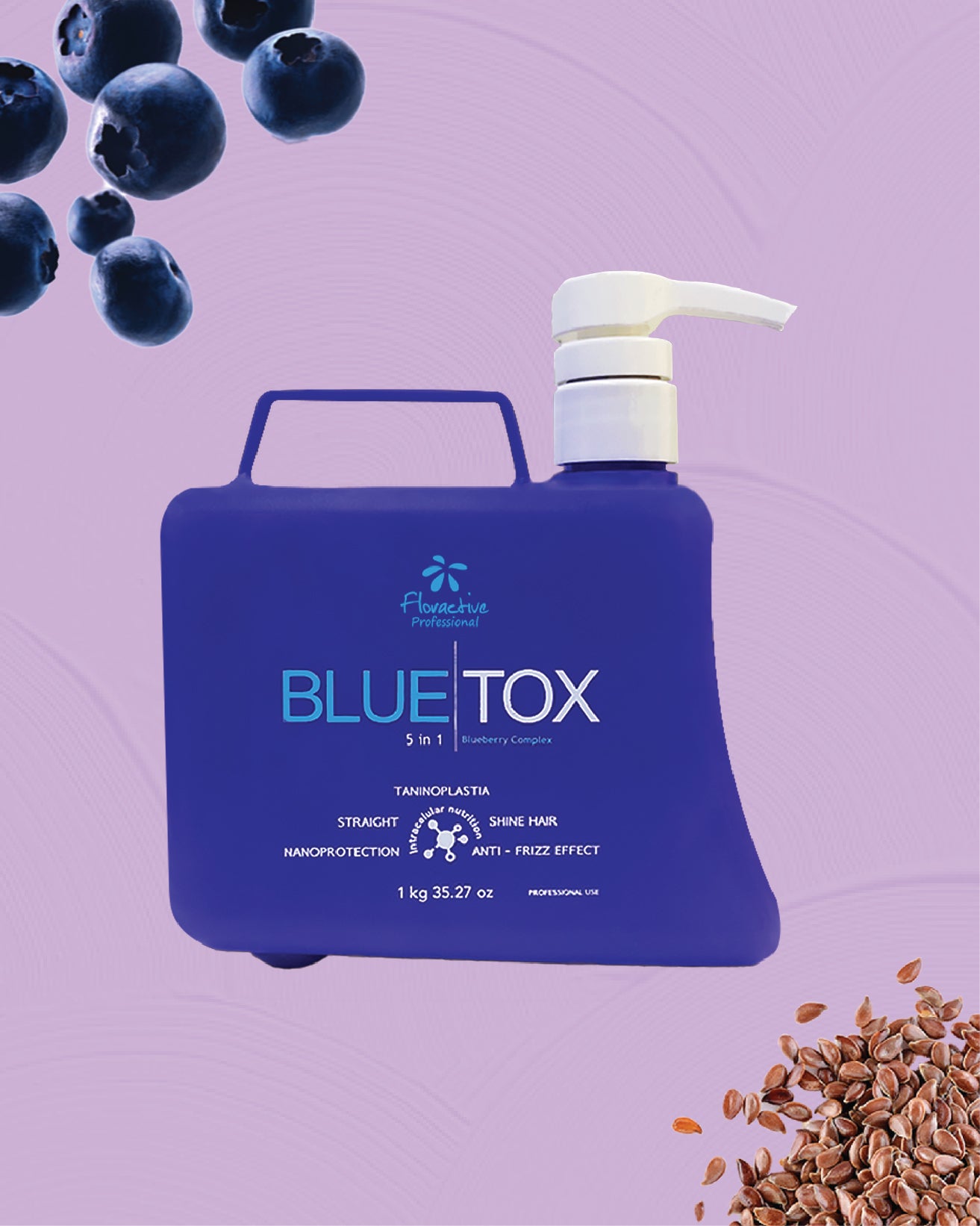
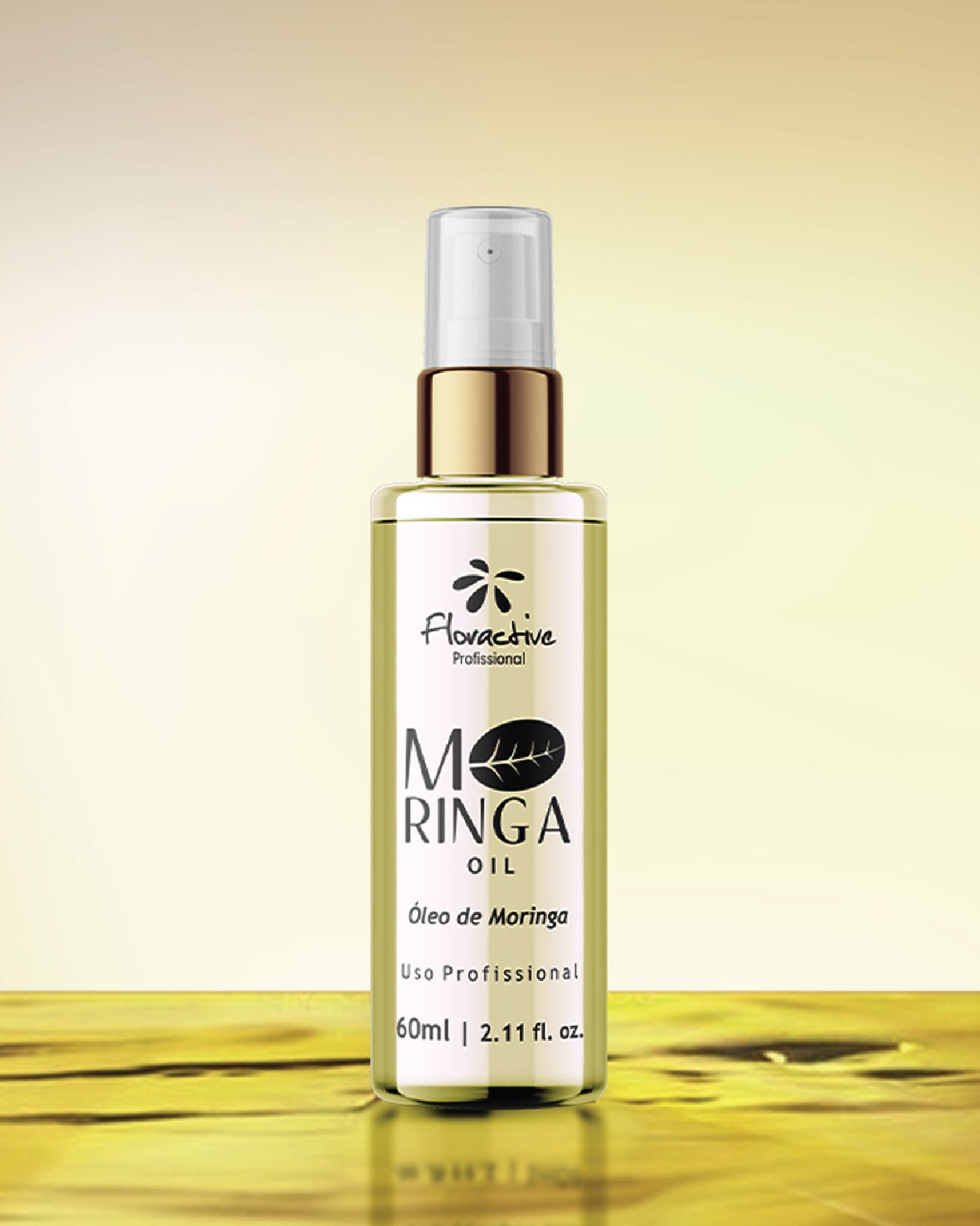
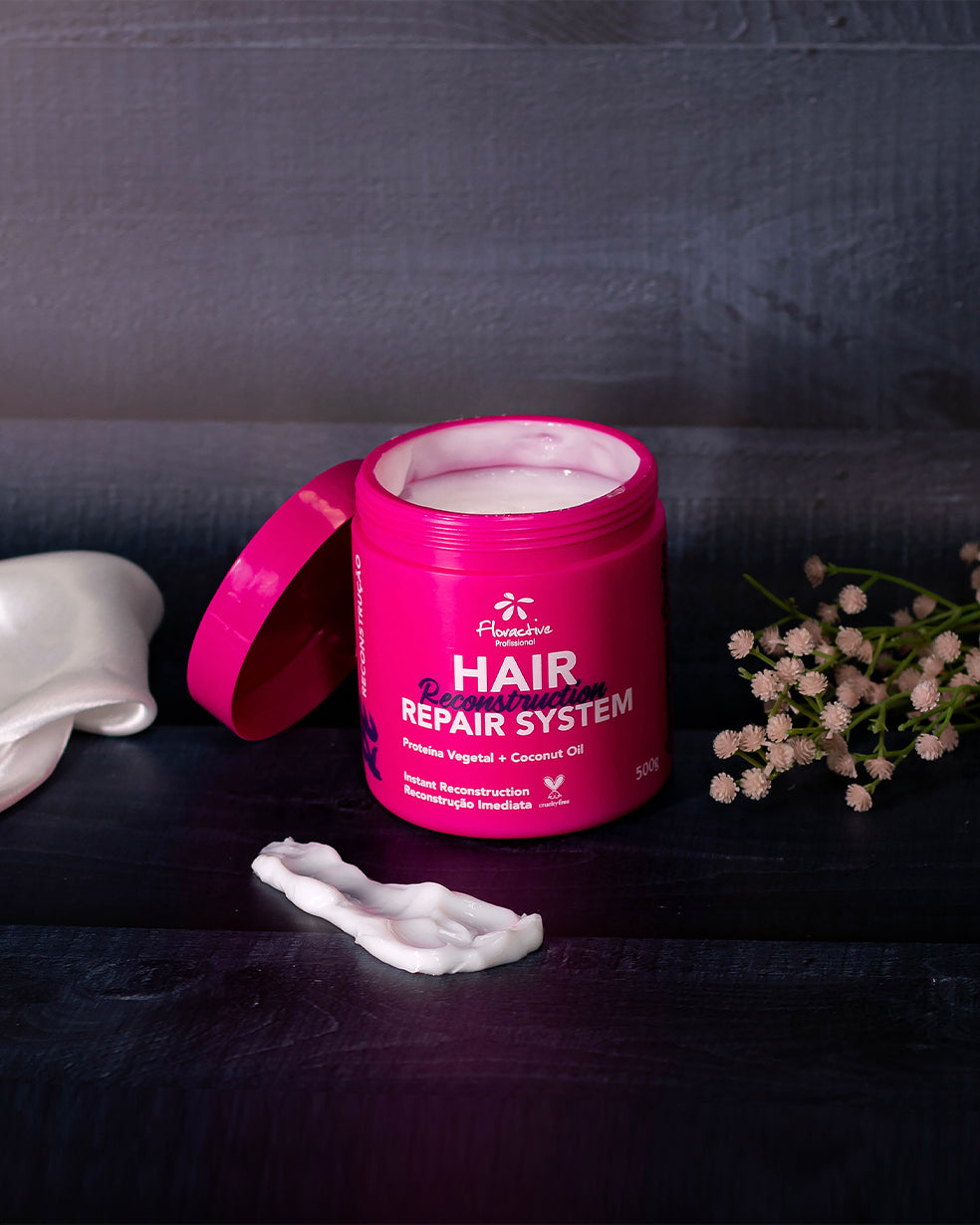


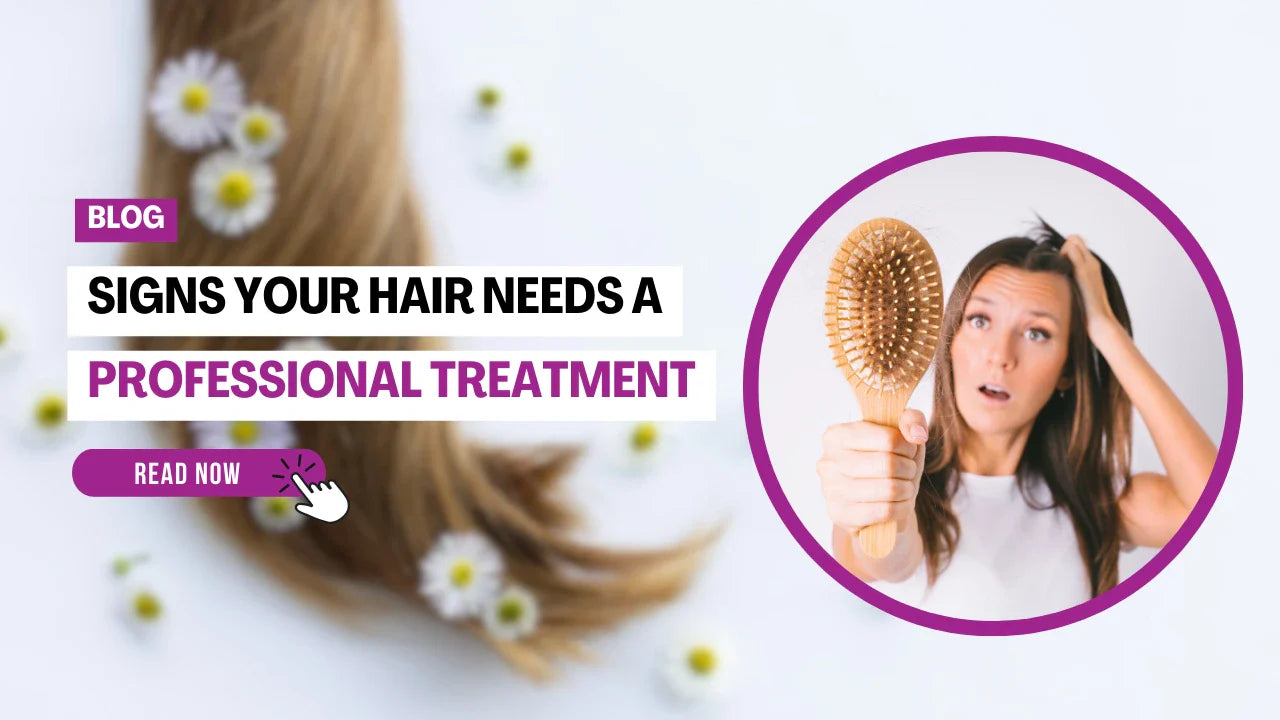





Leave a comment
This site is protected by hCaptcha and the hCaptcha Privacy Policy and Terms of Service apply.